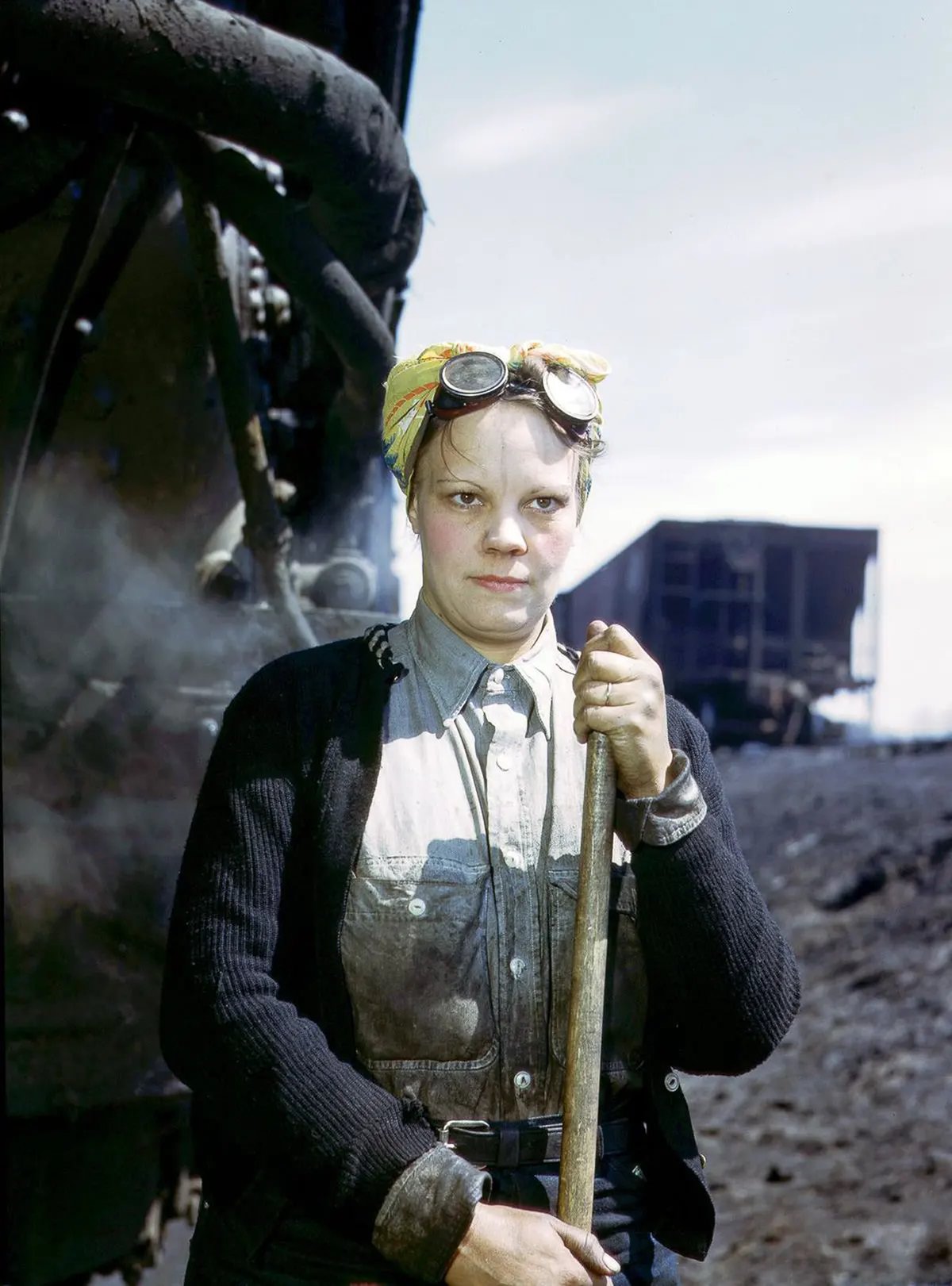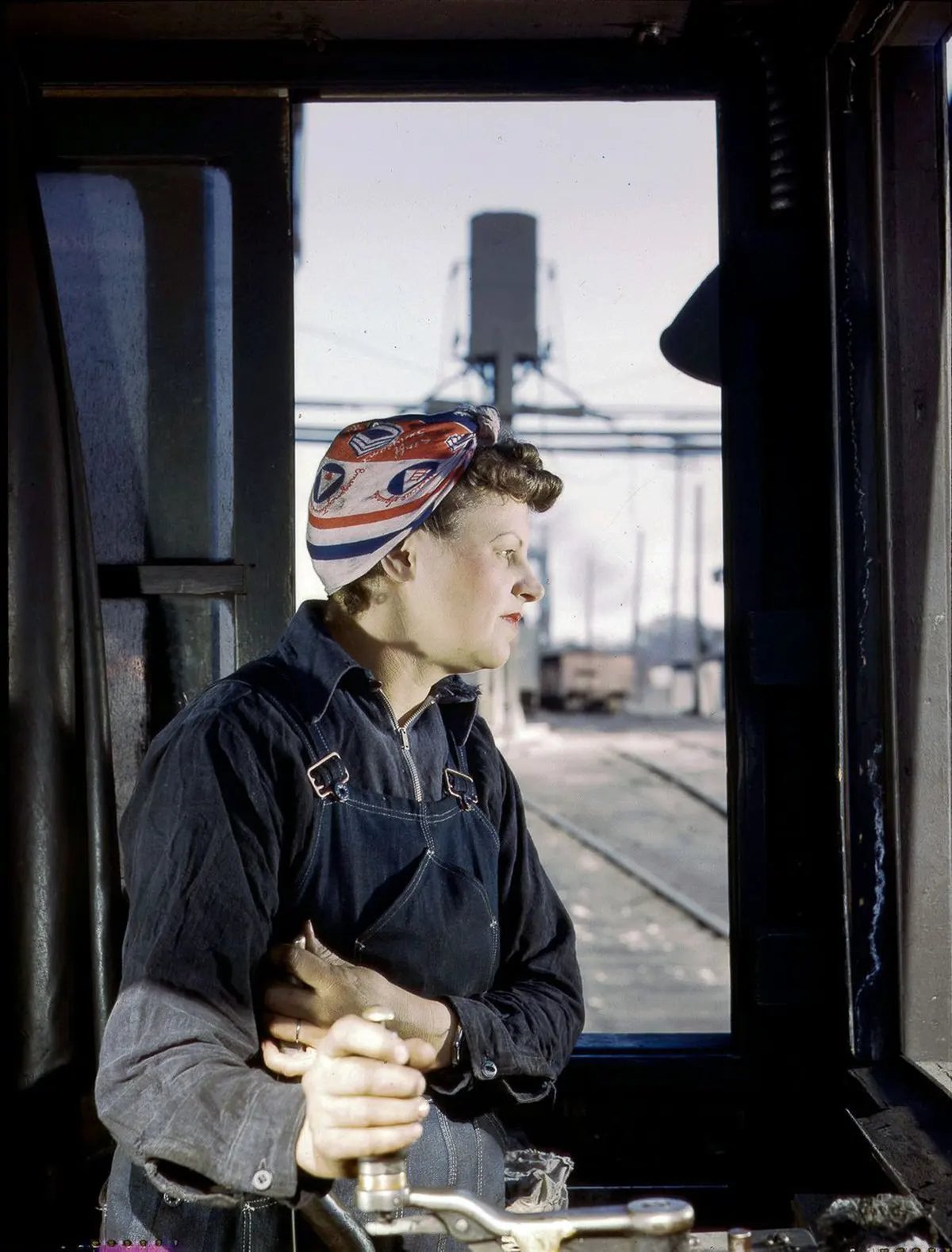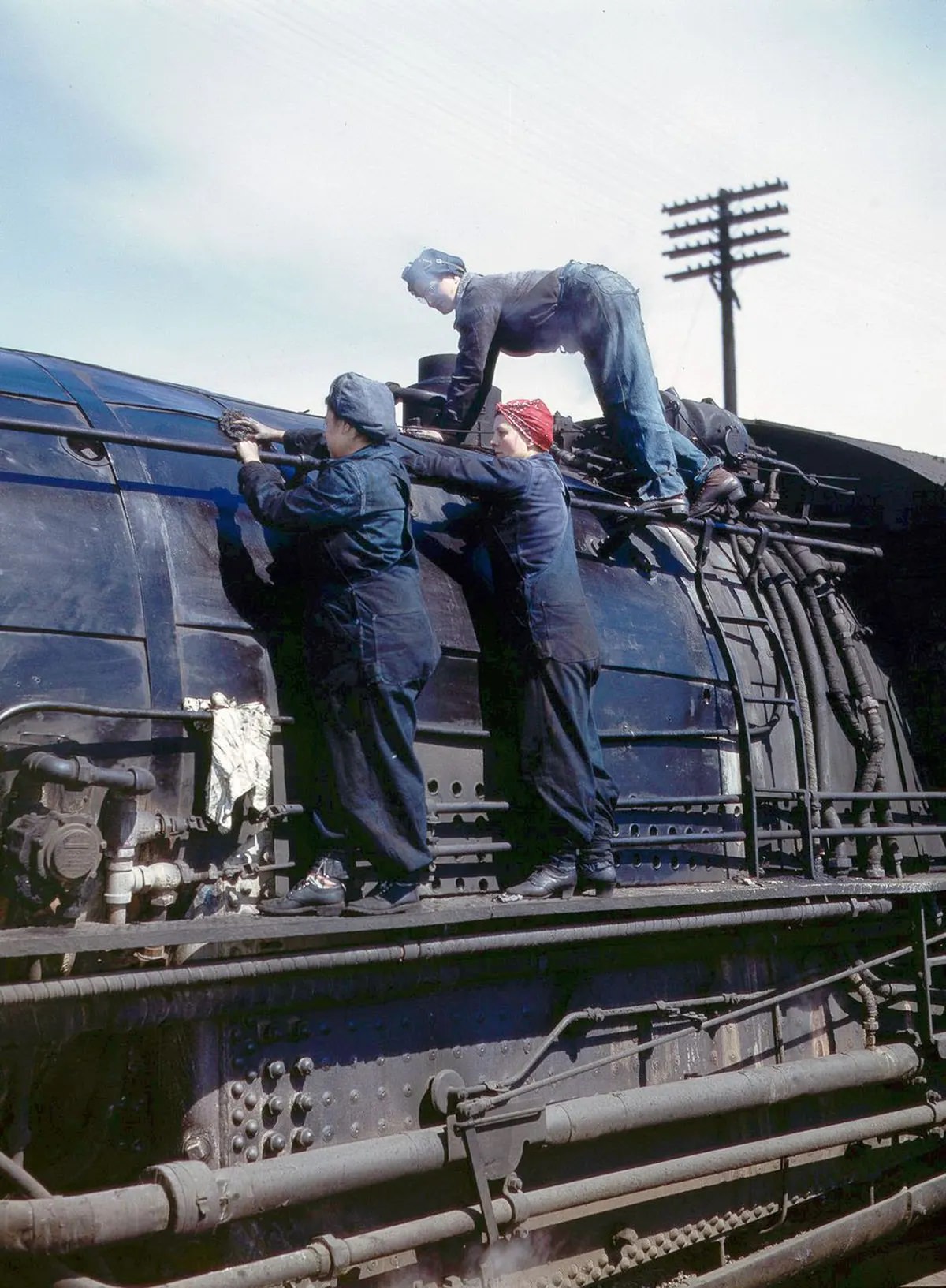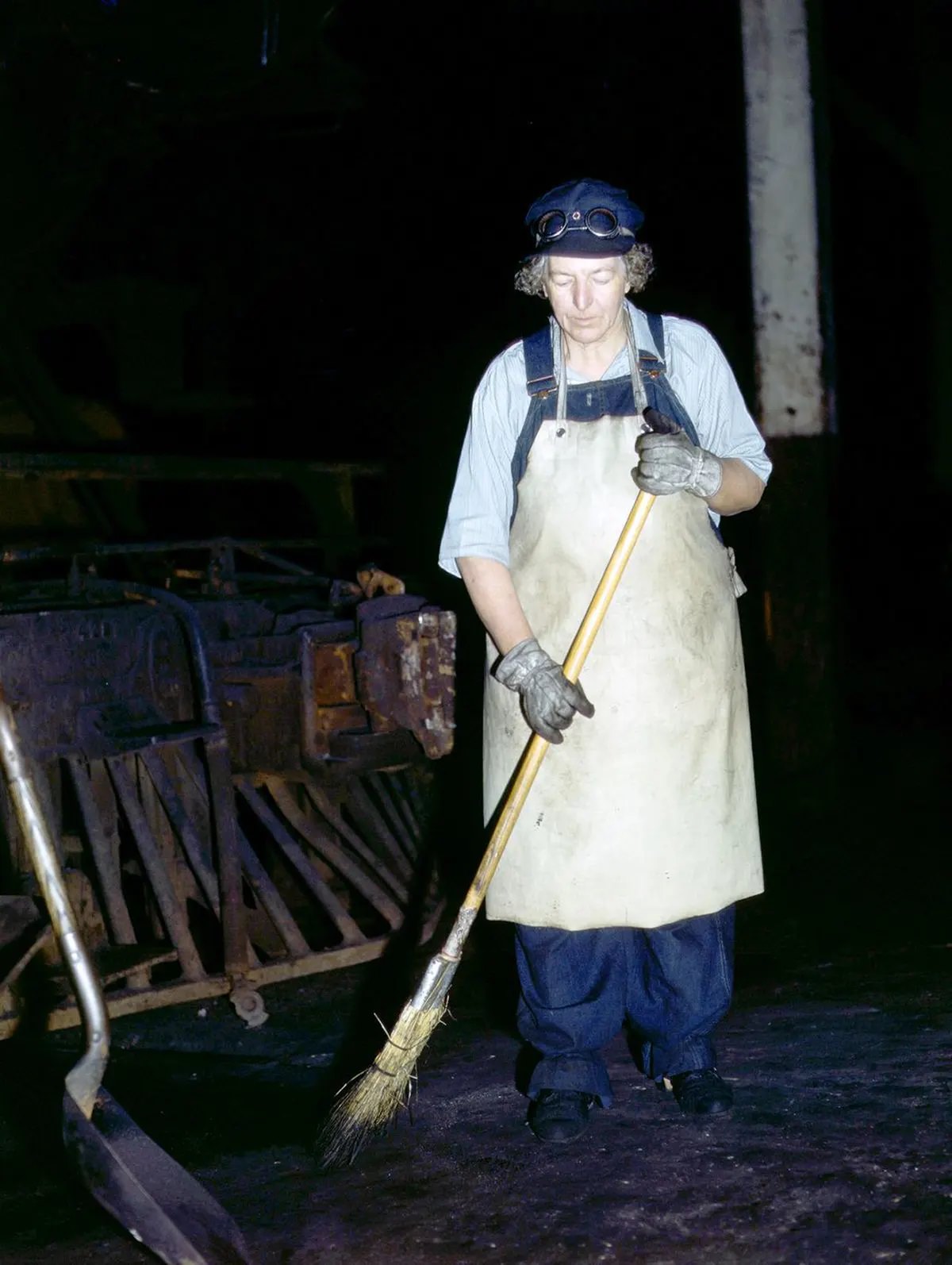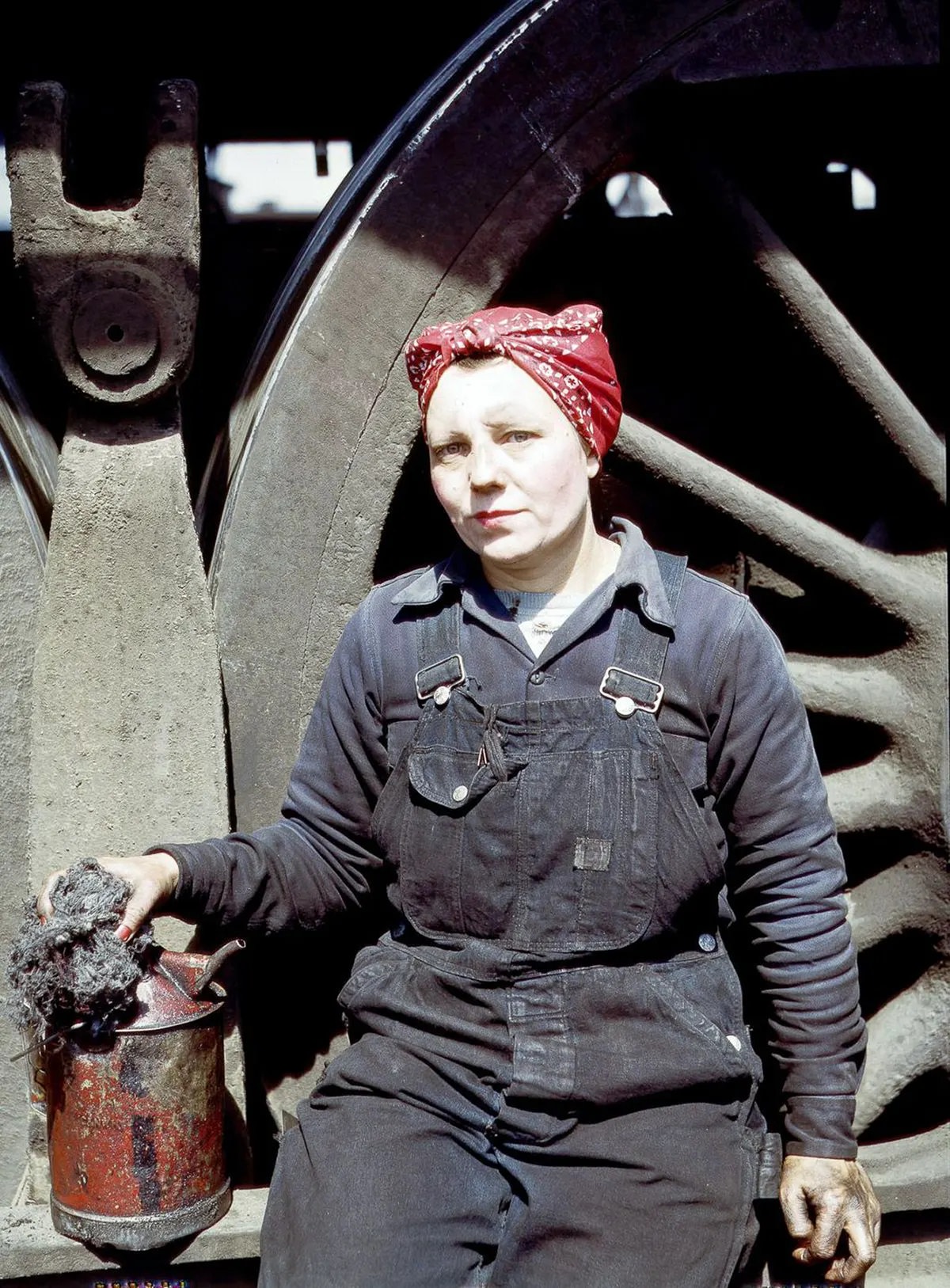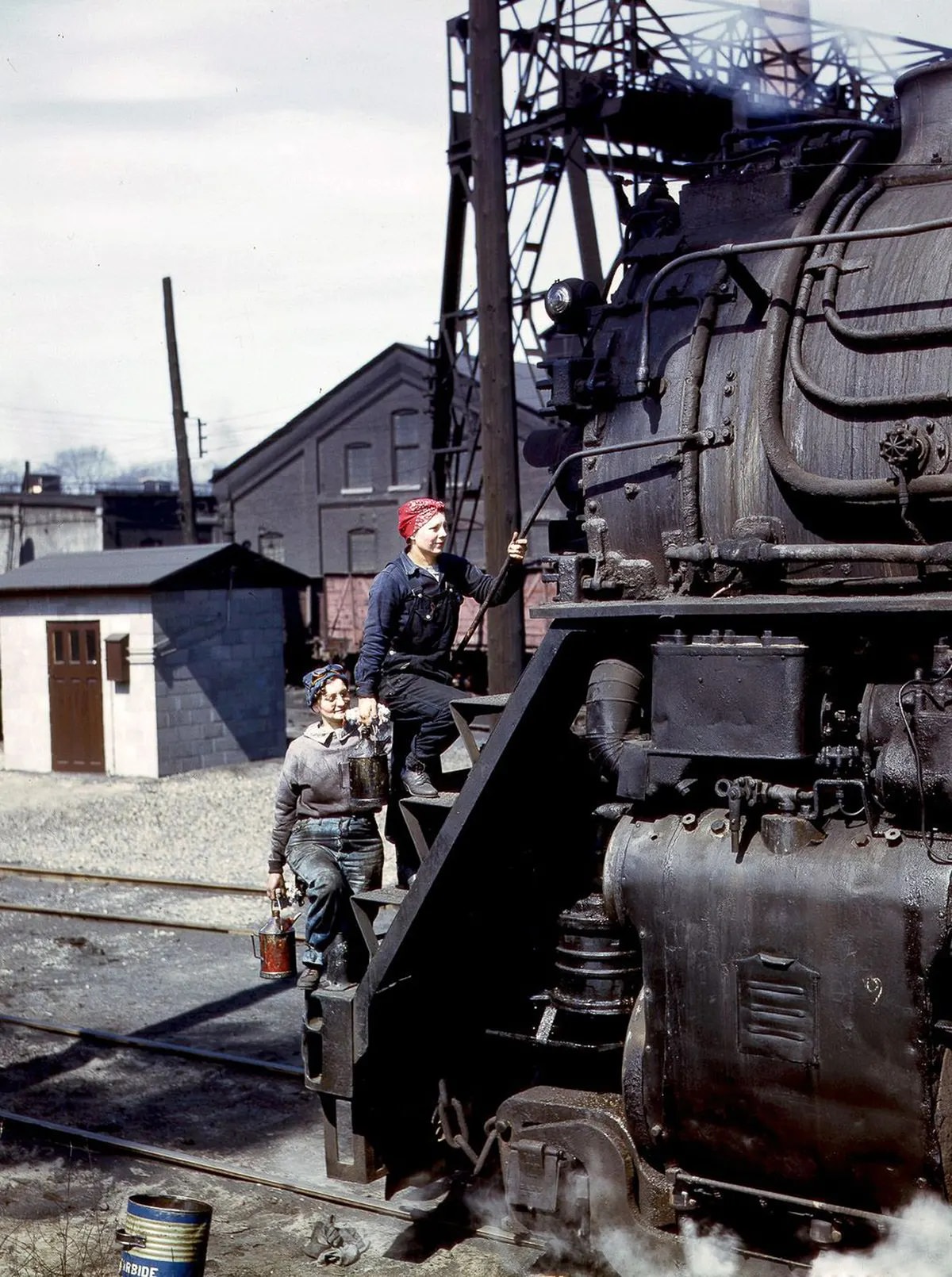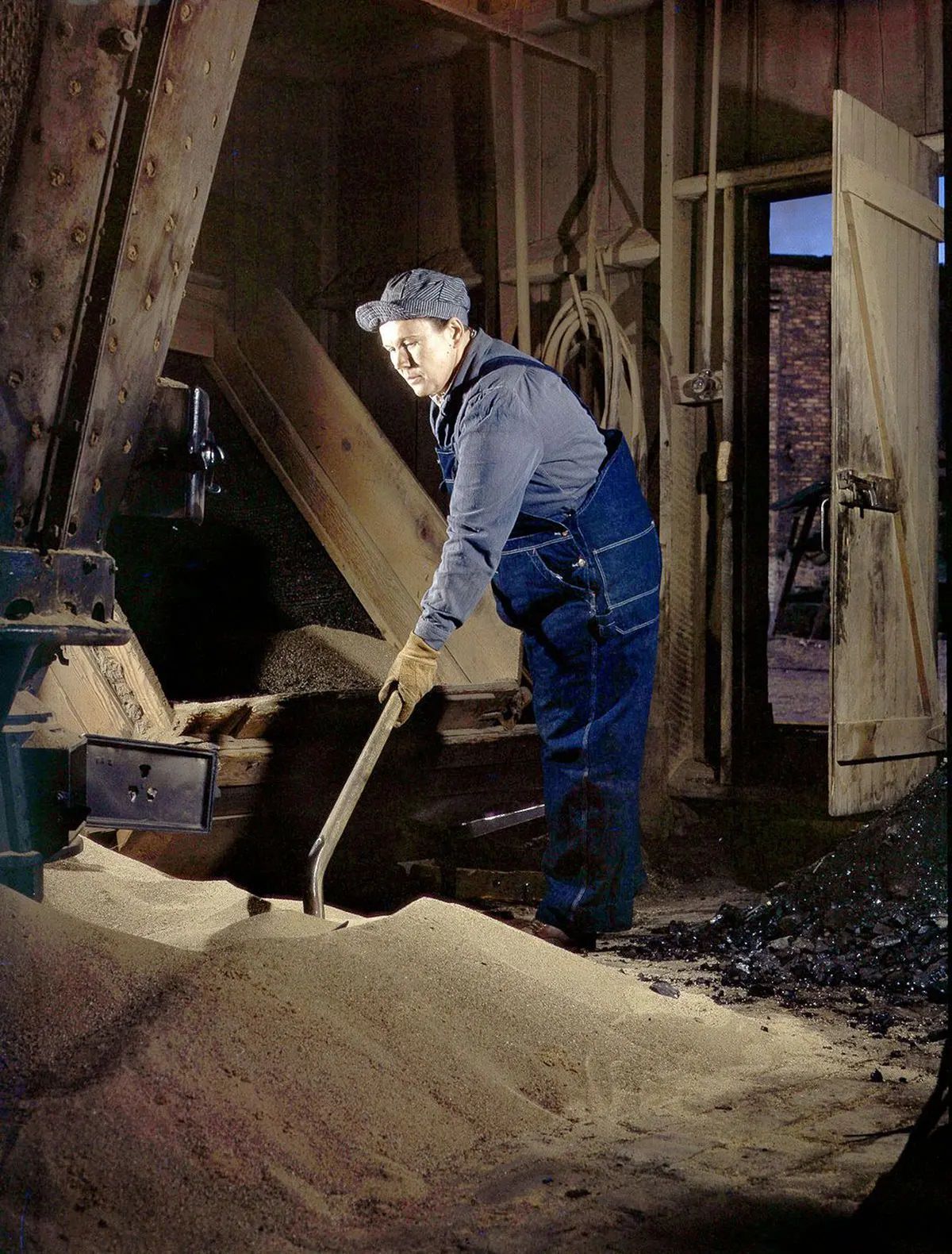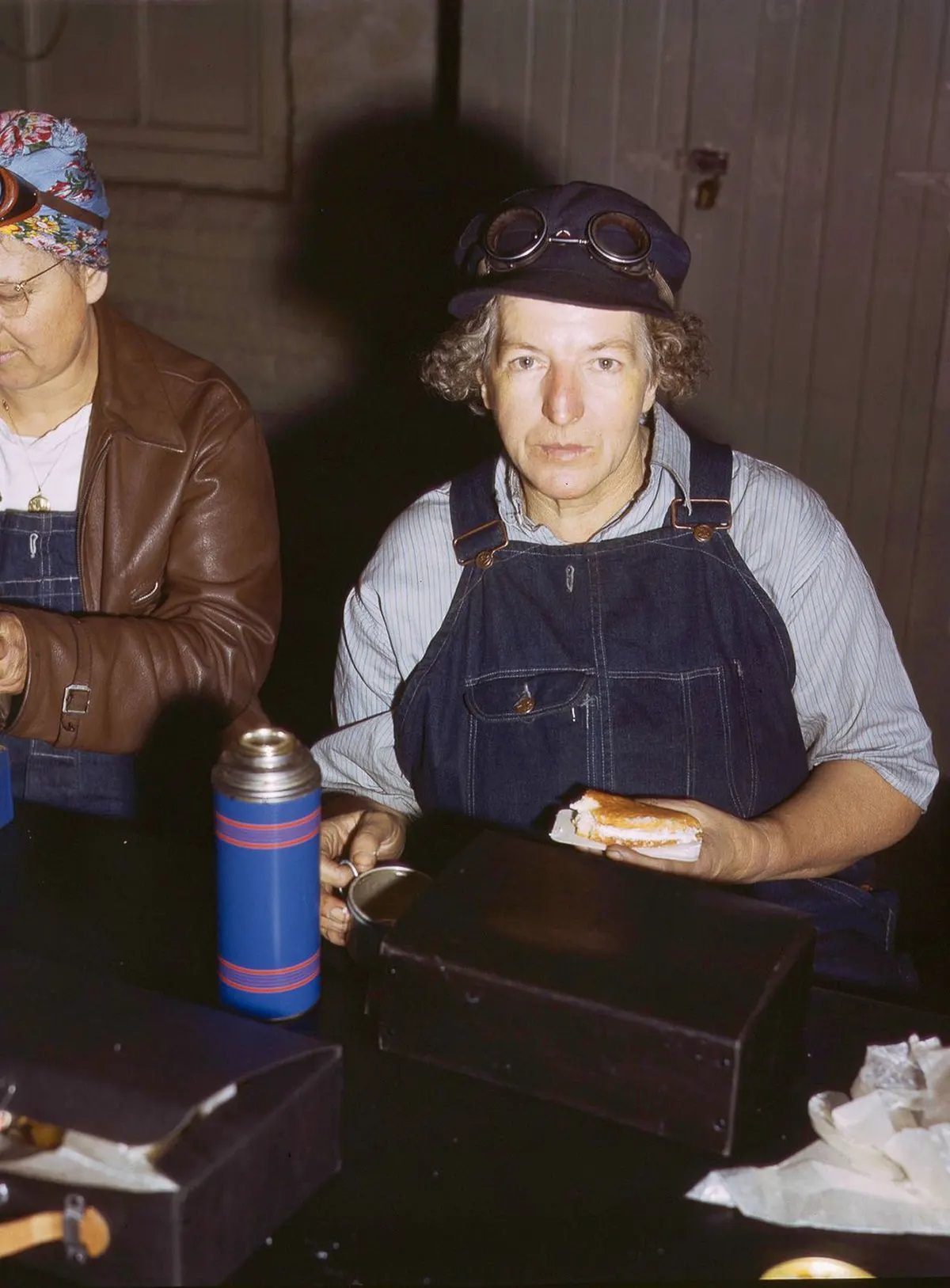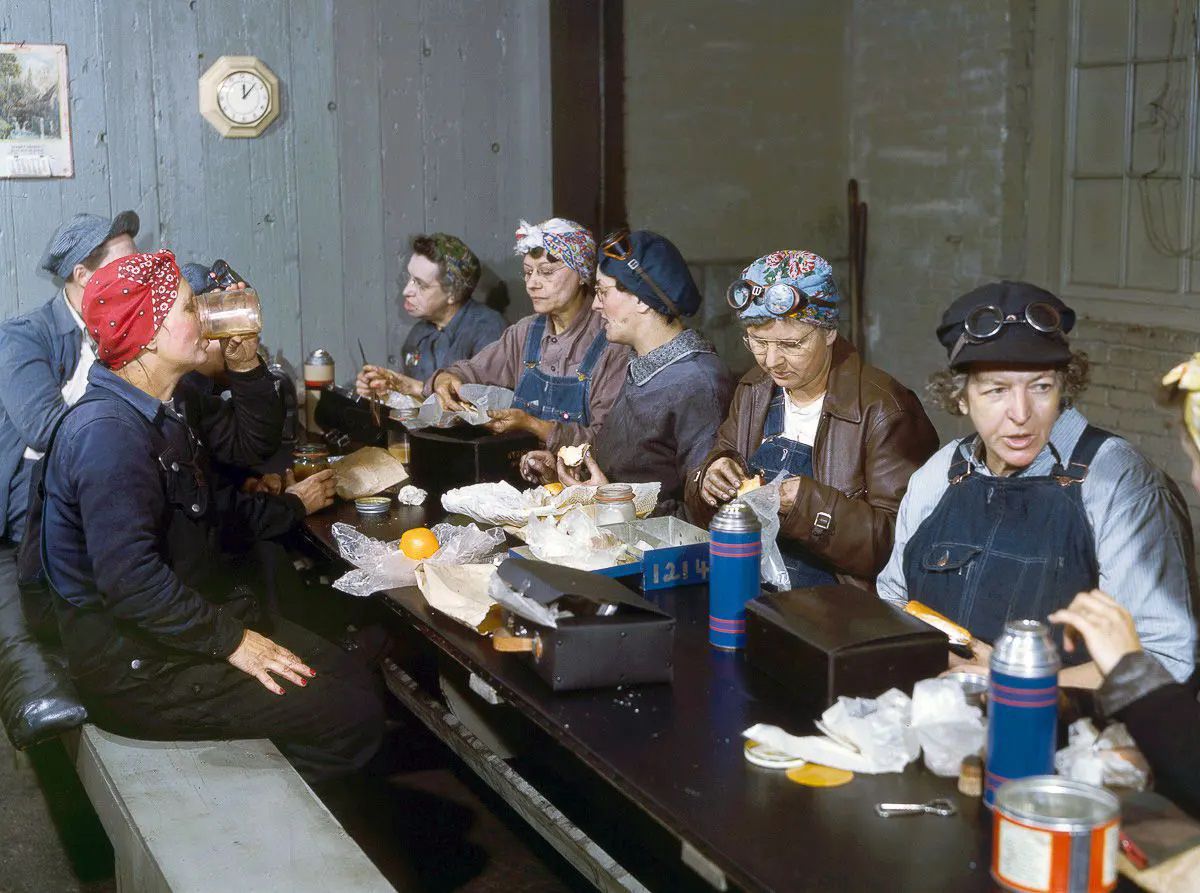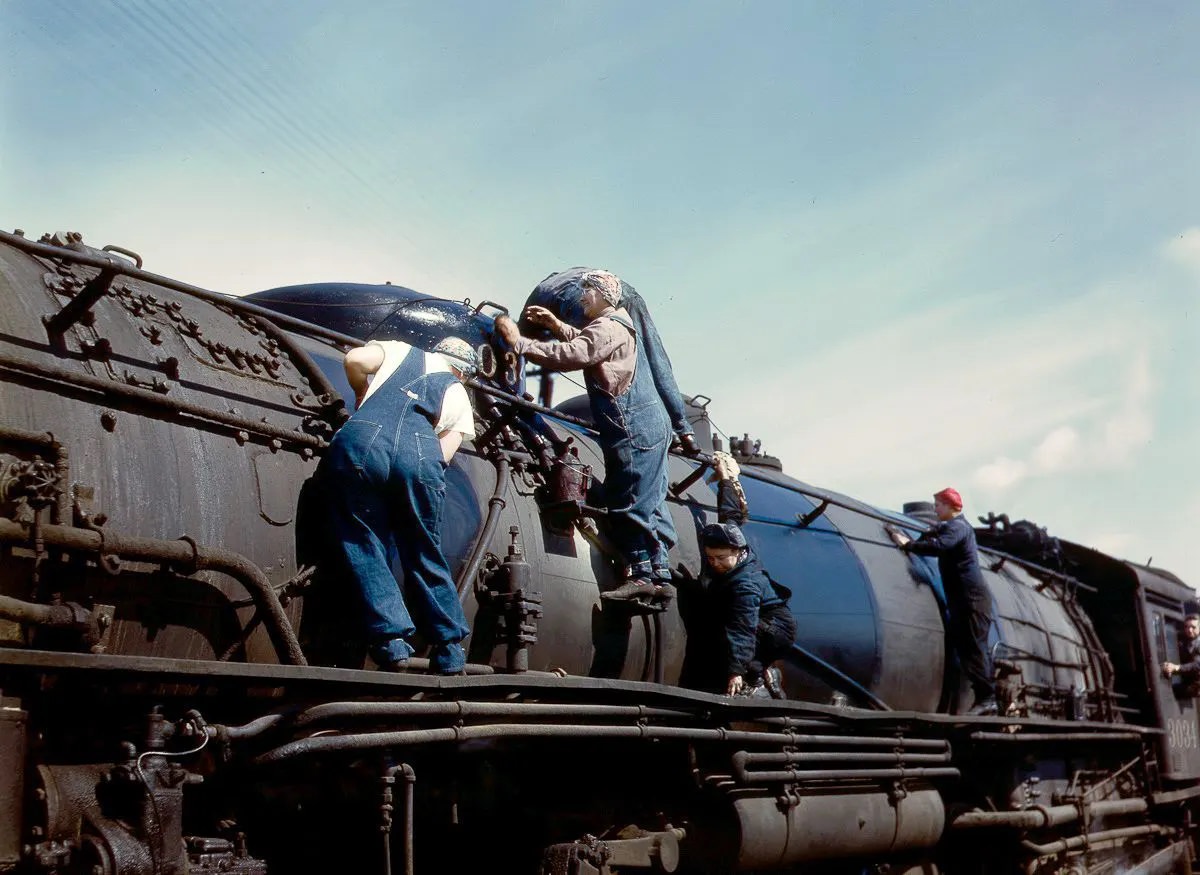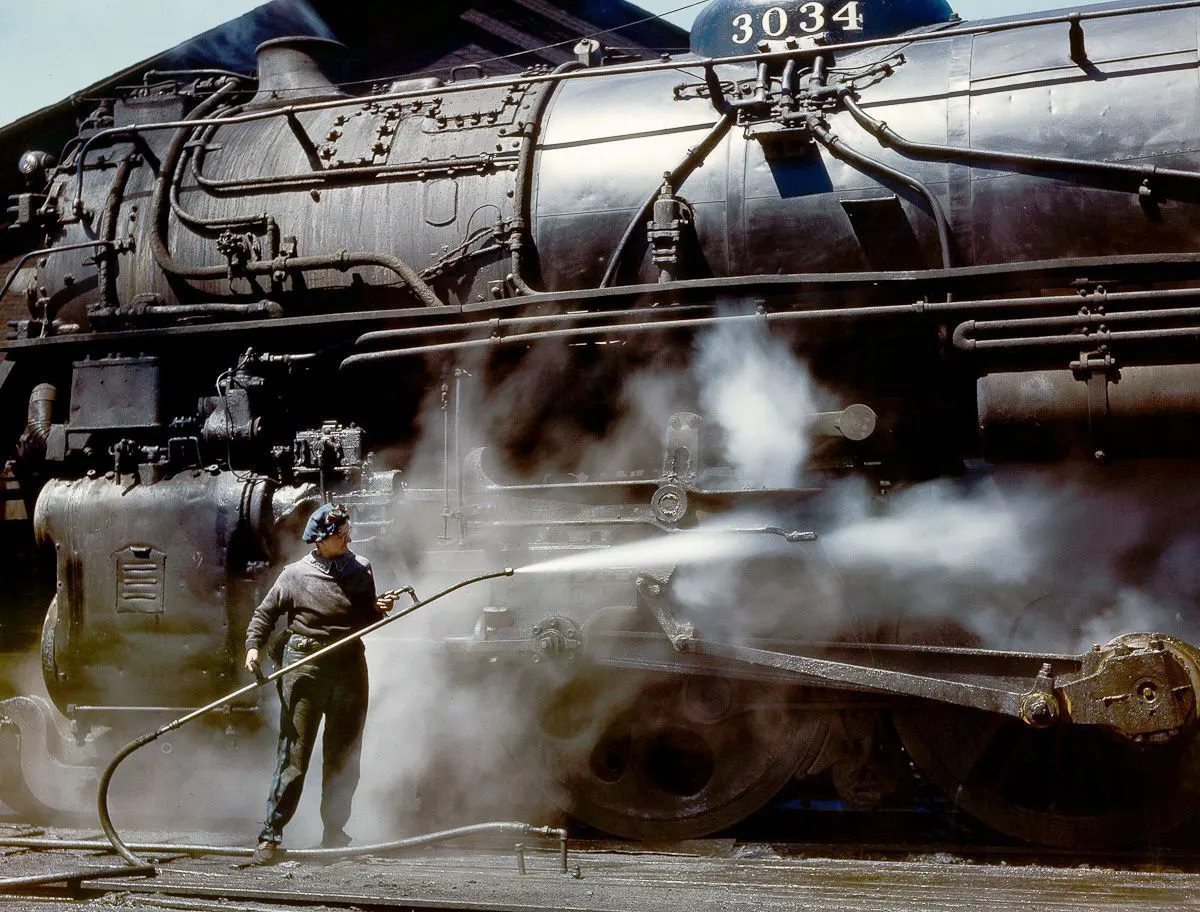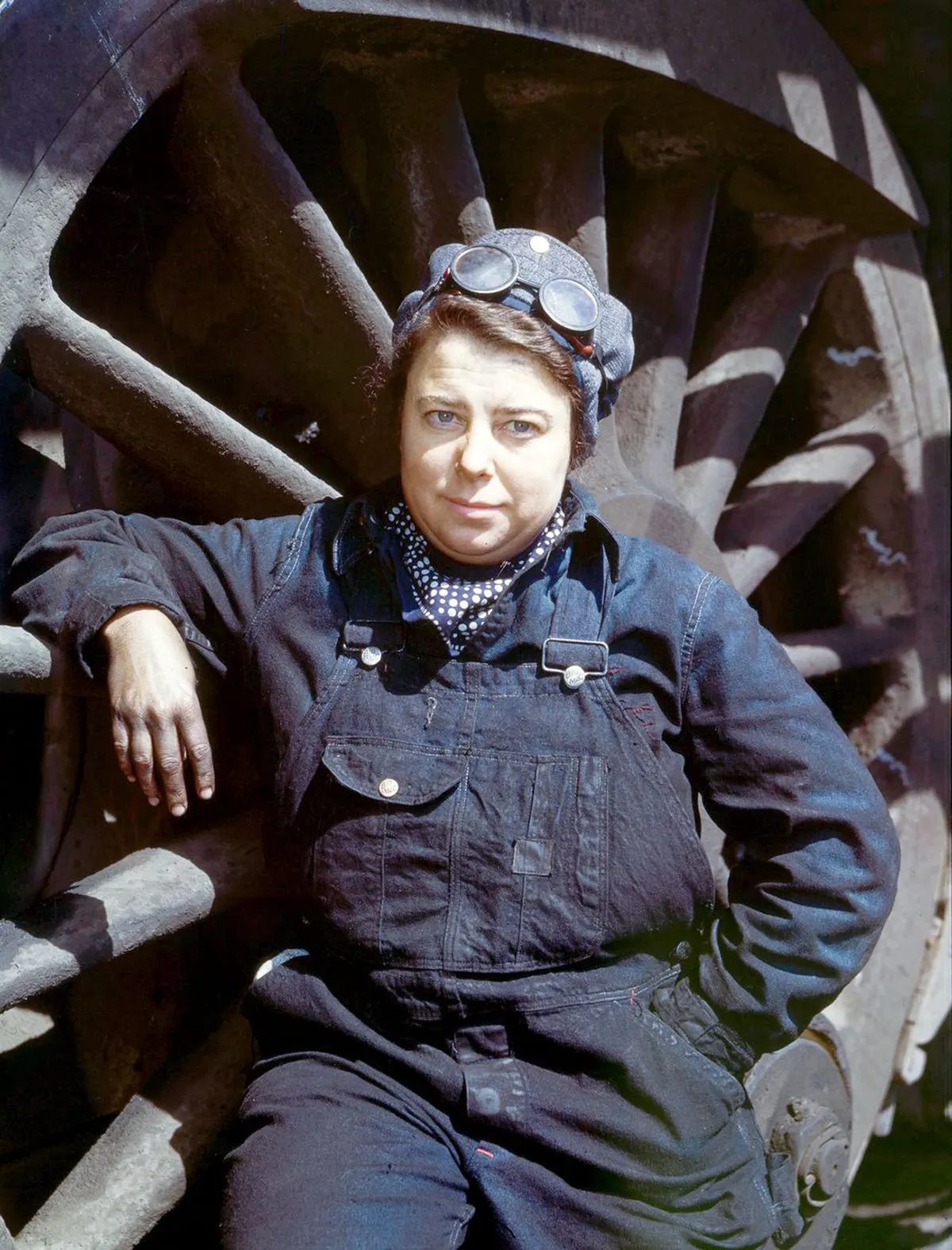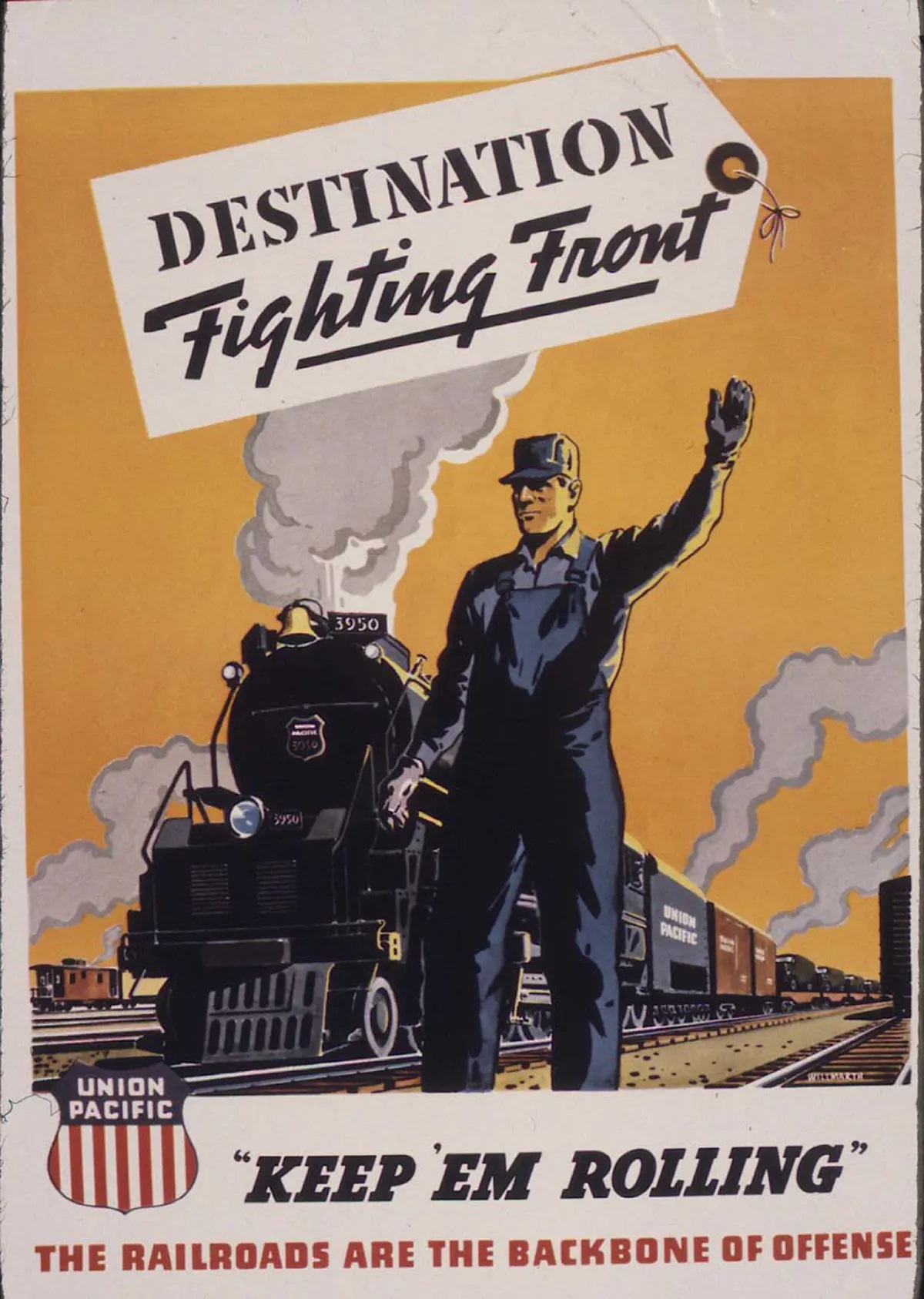Rail transportation was a vital part of the war effort during World War II, and close to 44 million troops were transported by trains from 1941 to 1945. Over 90% of all military freight and 98 percent of all military personnel were transported by trains between 1942 and 1944. The demand for goods increased dramatically. The number of passenger miles increased faster during the same period, increasing from 23,816 million to 95,663 million. In 1944, the peak year of the war, more than 75 percent of all commercial passengers traveled by rail.
American women played a significant role in keeping the railroads running smoothly and maintaining this vital aspect of the war effort throughout the war. Approximately 116,000 women worked on railroads across the country by the end of World War II. More people and materials traveled than ever before, and nearly everything was moved by rail. There were close to 100,000 women working on America’s trains during World War II, from messengers aged 16 to 55-year-old railroaders. They did their jobs so well that railroad companies, once opposed to hiring women, are adding them as fast as possible.
Jack Delano, the Office of War Information photographer, captured the women of the Chicago & North Western Railroad roundhouse in Clinton, Iowa, cleaning, lubricating, maintaining, and fixing the engines in April 1943.


